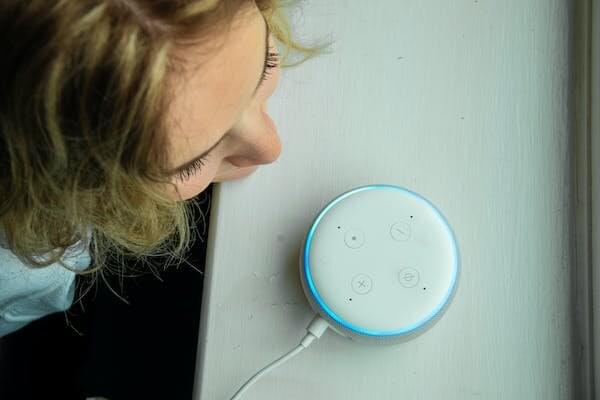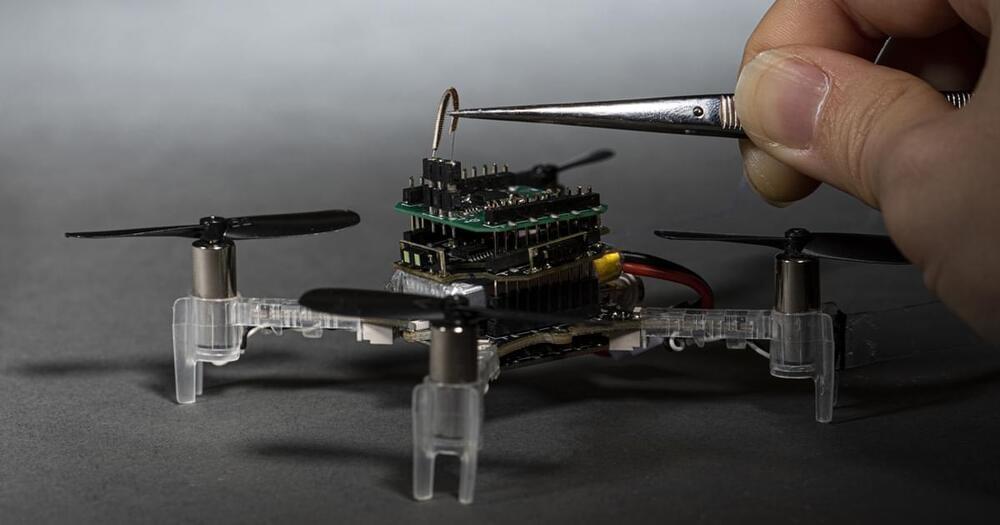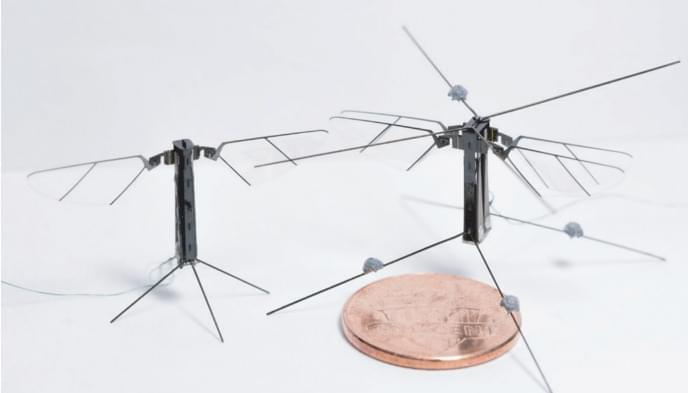The head of Google parent company Alphabet chose an funny example to allay fears of artificial intelligence.



As demonstrated by breakthroughs in various fields of artificial intelligence (AI), such as image processing, smart health care, self-driving vehicles and smart cities, this is undoubtedly the golden period of deep learning. In the next decade or so, AI and computing systems will eventually be equipped with the ability to learn and think the way humans do—to process continuous flow of information and interact with the real world.
However, current AI models suffer from a performance loss when they are trained consecutively on new information. This is because every time new data is generated, it is written on top of existing data, thus erasing previous information. This effect is known as “catastrophic forgetting.” A difficulty arises from the stability-plasticity issue, where the AI model needs to update its memory to continuously adjust to the new information, and at the same time, maintain the stability of its current knowledge. This problem prevents state-of-the-art AI from continually learning from real world information.
Edge computing systems allow computing to be moved from the cloud storage and data centers to near the original source, such as devices connected to the Internet of Things (IoTs). Applying continual learning efficiently on resource limited edge computing systems remains a challenge, although many continual learning models have been proposed to solve this problem. Traditional models require high computing power and large memory capacity.


The price has increased by $3,000, but Tesla’s FSD is still a work-in-progress.
Tesla’s Full Self-Driving Beta option now costs a hefty $15,000. Tesla CEO Elon Musk announced on Twitter late last month that it would increase the option’s price by $3,000.
As of this week, the change has been made official, meaning anyone selecting the FSD option for their Tesla will have to pay the increased price. Musk mentioned in his August tweet that the previous price would be “honored for orders made before September 5, but delivered later”.
Is Tesla’s $15,000 FSD offering worth it?
Tesla.


In recent years, roboticists and material scientists worldwide have been trying to create artificial systems that resemble human body parts and reproduce their functions. These include artificial skins, protective layers that could also enhance the sensing capabilities of robots.
Researchers at Donghua University in China and the Jülich Centre for Neutron Science (JCNS) in Germany have recently developed a new and highly promising artificial ionic skin based on a self-healable elastic nanomesh, an interwoven structure that resembles human skin. This artificial skin, introduced in a paper published in Nature Communications, is soft, fatigue-free and self-healing.
“As we know, the skin is the largest organ in the human body, which acts as both a protective layer and sensory interface to keep our body healthy and perceptive,” Shengtong Sun, one of the researchers who carried out the study, told TechXplore. “With the rapid development of artificial intelligence and soft robotics, researchers are currently trying to coat humanoid robots with an ‘artificial skin’ that replicates all the mechanical and sensory properties of human skin, so that they can also perceive the everchanging external environment like us.”


Many insects are powerful, agile flyers. One reason is that most have four wings, which gives them fine control over their direction of flight and their orientation through pitch, roll, and yaw adjustment.
In recent years, aerodynamicists, engineers, and roboticists have attempted to copy insect-like flight by building tiny flying robots. The main thing they’ve discovered is just how difficult this is.
There will be No Plan of course, and barring a WW3, i can guess the outcome.
There’s a scene in the movie I, Robot where a robot-hating police officer, played by Will Smith, is questioning the manufacturer of a robot suspected of murdering a human. The conversation gets testy, and the robot maker, played by Bruce Greenwood, looks Smith in the eye and says, “I suppose your father lost his job to a robot. I don’t know, maybe you would have simply banned the internet to keep the libraries open.”
Art imitating life? To a degree, yes. Automation, artificial intelligence, and robots are costing people their jobs. But no, none are suspected of committing a homicide as a result. And the last time we checked, none were known to be organizing an AI insurrection, which was the premise behind I, Robot’s plot.
That’s fantasy. What’s real is that this country isn’t doing enough to prepare for a future where millions of Americans with outdated skills won’t be able to compete for jobs when a less expensive, automated alternative is available to their employers. There’s no better time than Labor Day to ask Washington to come up with a more definitive plan to assist employees who are in jeopardy of becoming obsolete.